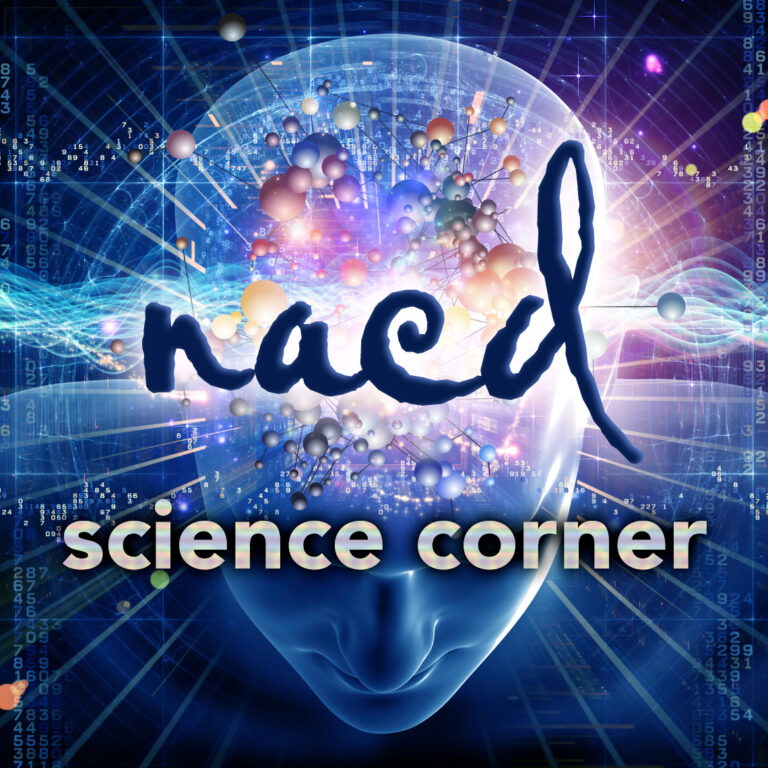Trauma
Robert J. Doman, M.D.
Head trauma or injury is the leading cause of death of persons between the ages of one and forty-four. The leading causes of head injuries include vehicle accidents, industrial accidents, assaults, sports injuries, falls, gun shot wounds, etc. Head injuries may be divided into closed injuries in which the brain is not exposed and open injuries such as gun shot wounds in which the brain is exposed.
Over 50% of head injuries are due to automobile accidents. This country has a sad record of over 50,000 deaths each year from that cause alone. Ten years ago at the onset of the oil shortage when the national speed limit was reduced to 55 MPH the death rate temporarily fell below the 50,000 level; but since that time, as the result of so many people ignoring the 55 MPH limit and ignoring the use of seat belts, deaths have again risen. Many states still do not have a law requiring motorcyclists to wear protective helmets. Motorcyclists are very vulnerable to head injury.
In vehicular accidents two-thirds of the deaths occur at the scene of the accident. The remaining one-third of the deaths occur later at the hospital.
Approximately 25% of severe head injury patients are admitted to the hospital in a state of coma. Of severe head injuries admitted to the hospital, 25% have injuries to the brain which occurred at the time of the accident, which will cause the patient’s death. Another 25% of the head injury patients admitted have mild enough injuries (usually concussion which will be discussed later) that they will improve rapidly. The remaining 50% will improve slowly or deteriorate. Of that 50% of patients, one out of three will be complicated by a hematoma (bloodclot). Depending upon the location of the clot, its severity, and its treatment, as many as half of the patients with blood clots may deteriorate and die.
The most common forms of brain clots are called: a) Epidural “Epi-” upon, “dura-” the outer thick covering of the brain. Such a clot lies between the skull bone and the dural cover of the brain. b) Subdural “sub-” below the dura. The clot lies under the outer brain covering. Another form of bleeding is called subarachnoid “Sub-” below, “arach-noid” the inner thin covering of the brain. Such bleeding goes into the spinal fluid, which follows in and around the brain acting as a cushion for the brain in an effort to diminish the effects of head injury.
Approximately 80% to 90% of brain blood clots are associated with fractures of the skull bones. The three main forms of skull fractures are called: a) Linera a line-like fracture which is sometimes mild enough not to require treatment; b) Comminuted a fracture with several bone fragments; c) Depressed in which a bone fragment or many fragments are pushed down into the skull. These are more serious and, if not properly treated, could lead to seizures. A comminuted, depressed fracture always requires neurosurgical intervention.
Of the two-thirds of the severely head injured patients who do not have blood clots most of them will recover slowly.
Mild head injuries generally include the following: a) Abrasions of the scalp where application of ice will generally be all that is needed after cleansing the area properly; b) Bleeding under the skin a burn where again an ice pack will help minimize the bleeding; c) Lacerations of the scalp, although often bloody, usually are not serious but should be cleansed properly and sutured when necessary.
Every patient suffering even a mild head injury should be carefully observed for a minimum of twenty-four hours to watch for possible signs of increased pressure within the skull including drowsiness, vomiting that is projectile (forceful shooting out), headaches, visual disturbances, etc. With the onset of such signs, the patient should be hospitalized immediately and tests done to determine if there is increased pressure within the skull.
NACD firmly believes in proper hospital testing for head injury patients not only to reduce mortality but also to prepare the patient better for NACD’s program for neurological rehabilitation.
Reprinted from the Journal of The NACD Foundation (formerly The National Academy for Child Development)



